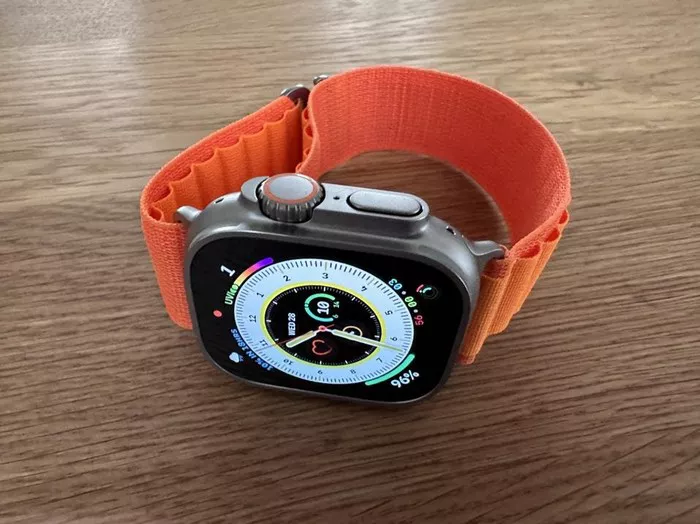Running is one of the most accessible forms of exercise, requiring minimal equipment and offering a range of physical and mental health benefits. With the advancement of technology, wearable devices like the Apple Watch have revolutionized the way runners track and monitor their workouts. In this comprehensive guide, we will explore how to use the Apple Watch for running, providing users with tips, tricks, and insights to enhance their running experience.
Understanding the Apple Watch
Before delving into the specifics of using the Apple Watch for running, let’s first familiarize ourselves with the device and its capabilities:
Hardware: The Apple Watch features built-in GPS, heart rate monitoring, and accelerometer sensors, making it a powerful tool for tracking various aspects of your run.
Software: The Apple Watch comes preloaded with the Workout app, which includes a dedicated running workout option. Additionally, users can download third-party running apps from the App Store to further customize their running experience.
Accessories: In addition to the Apple Watch itself, users may choose to invest in accessories such as Bluetooth headphones or armbands to enhance their running experience.
Using the Apple Watch For Running
Now that we understand the basics, let’s explore how to use the Apple Watch for running effectively:
Starting a Run:
To begin a run with your Apple Watch, simply open the Workout app and select the running workout option.
You can customize your run by setting goals such as distance, time, or calorie burn, and choosing outdoor or indoor running mode depending on your location.
GPS Tracking:
The Apple Watch uses built-in GPS to track your route, distance, and pace during outdoor runs. Make sure to wait for the GPS signal to lock before starting your run to ensure accurate tracking.
Heart Rate Monitoring:
The Apple Watch continuously monitors your heart rate during your run, providing valuable insights into your cardiovascular health and workout intensity.
You can view your heart rate data in real-time on the Apple Watch screen or in the Health app on your iPhone after your run.
Cadence and Stride Length:
Some third-party running apps offer advanced metrics such as cadence (steps per minute) and stride length, which can help you improve your running form and efficiency.
Interval Training:
The Apple Watch supports interval training workouts, allowing you to alternate between periods of high-intensity running and recovery.
You can customize your interval workout by adjusting the duration and intensity of each interval to suit your fitness level and goals.
Music and Podcasts:
The Apple Watch allows you to listen to music, podcasts, or audiobooks during your run without needing to carry your iPhone.
You can sync your favorite playlists or podcasts to your Apple Watch or stream music from compatible apps such as Apple Music or Spotify.
Safety Features:
The Apple Watch includes safety features such as fall detection and emergency SOS, providing peace of mind during your runs, especially if you’re running alone in remote areas.
Conclusion
In conclusion, the Apple Watch is a powerful tool for runners, offering a range of features and capabilities to enhance your running experience. From GPS tracking and heart rate monitoring to interval training and safety features, the Apple Watch provides valuable insights and support to help you achieve your running goals. By utilizing the tips and techniques outlined in this guide, you can make the most of your Apple Watch and take your running to the next level.

